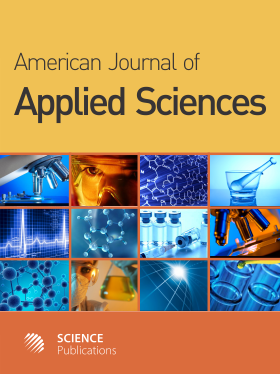An Investigation on the Effect of the Coupled and Uncoupled Formulation on Transient Seepage by the Finite Element Method
Abstract
2-D transient seepage beneath a dam was investigated by the finite element method. Governing equations were considered in coupled and uncoupled methods. At first stage, the fluid continuity equation for compressible porous media considered as uncoupled. Because of the occurrence of seepage forces, and their interaction with the fluid pore pressure, particularly in high compressible soils, uncoupled methods seem to be far from real conditions. Therefore force equilibrium equations were taken into account by coupling with the fluid continuity equation. Finite element formulation based on Galerkin method. Results of two mentioned methods were compared with steady-state seepage results. Comparing the results of coupled and uncoupled models showed that the time require to reach steady-state condition in coupled model considerably shorter than the uncoupled model. Coupled analyses shows that the effective stress due to seepage forces were smaller than ones calculated by the uncoupled method.
DOI: https://doi.org/10.3844/ajassp.2007.950.956

- 5,059 Views
- 4,327 Downloads
- 22 Citations
Download
Keywords
- Transient seepage
- couple
- uncouple
- F.E.M
